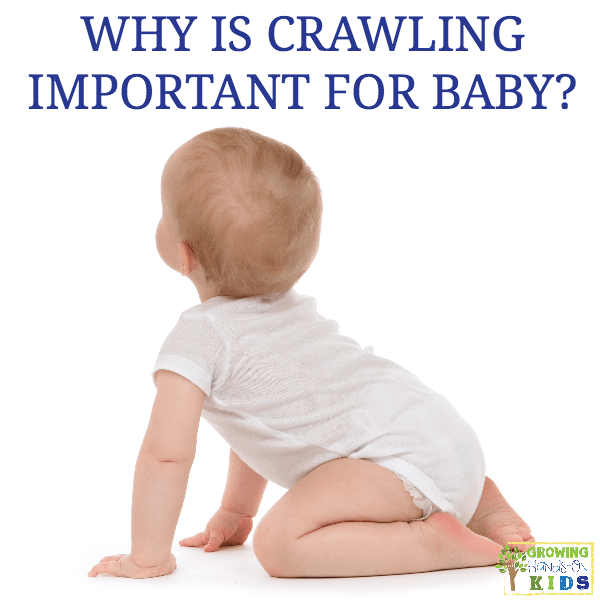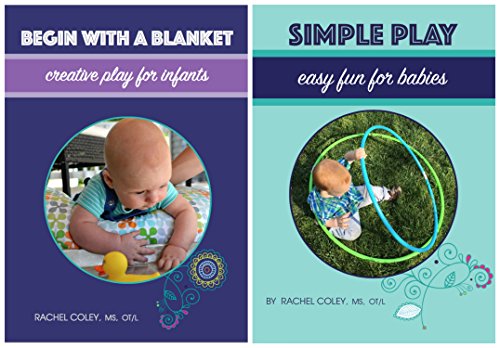Why is Crawling Important for Babies?
Affiliate and Referral links are used below to promote products I love and recommend. I receive a commission on any purchases made through these links. Please see my disclosure policy for more details. As an Amazon Associate, I earn from qualifying purchases.
Why is crawling so important and why should we encourage our babies to crawl?
Why is Crawling Important for Babies?
Crawling is one of the most “essential developmental phases for optimal future learning.” writes Sharon Promislow, an educational Kinesiologist and Educational Consultant.
It strengthens the neck, arm, leg, and trunk muscles of a young child, plus the mechanics of crawling actually stimulate different areas of the brain which influence the child’s ability to learn.
Not only does it encourage learning, it also encourages fine and gross motor skills by strengthening large and small muscle groups. It stimulates far and near visual and tactile senses. Also understanding language with both ears, instead of laying to one side with only one ear towards a noise.
This helps to increase their visual and auditory learning skills. It also helps with cross-lateral movement (using both sides of the body in coordinated movement), and coordinating arms, legs, hands, feet and eyes together. This enhances how children share and make sense of different sensory inputs from the body.
The most important reason is that the myelin, the substance that coats the nerves in the body, is produced the most when crawling. This helps the messages the brain sends and receives to be clear and completed faster. And more myelin means faster and clearer learning for your baby.
Most importantly, crawling is movement-based learning, which is how all children are designed to learn.
Some great books to read on this subject are:
The most important thing from all of this; encourage your baby and child to be on their stomach and to crawl. Working your way up to 10-15 minutes 2-3 times a day is ideal. Starting out at 1-2 minutes and then getting to 5 minutes is the first step, even 30 seconds sometimes. Make it fun, interact with them, encourage them to move around and explore their world.
Check out this fun activity using a tunnel to fine motor skills to encourage crawling with your older baby and toddler.
More resources on crawling from other therapy bloggers:
- Benefits of Crawling – Pink Oatmeal
- Crawling Tip for Outdoors – Pink Oatmeal
For more Occupational Therapy tips, follow my OT Tips from GRB Pinterest board.
You May Also Like:

Heather Greutman, COTA
Heather Greutman is a Certified Occupational Therapy Assistant with experience in school-based OT services for preschool through high school. She uses her background to share child development tips, tools, and strategies for parents, educators, and therapists. She is the author of many ebooks including The Basics of Fine Motor Skills, and Basics of Pre-Writing Skills, and co-author of Sensory Processing Explained: A Handbook for Parents and Educators.







